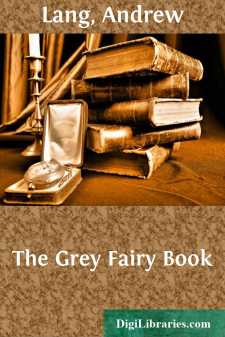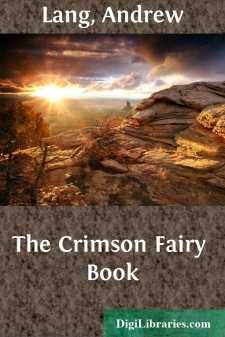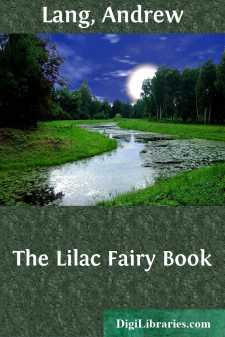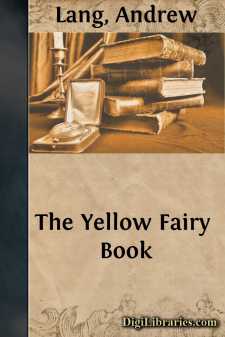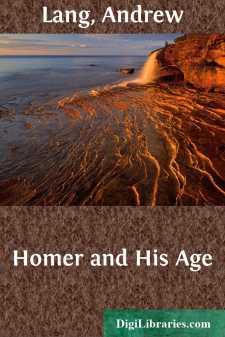Categories
- Antiques & Collectibles 13
- Architecture 36
- Art 48
- Bibles 22
- Biography & Autobiography 813
- Body, Mind & Spirit 142
- Business & Economics 28
- Children's Books 17
- Children's Fiction 14
- Computers 4
- Cooking 94
- Crafts & Hobbies 4
- Drama 346
- Education 46
- Family & Relationships 57
- Fiction 11829
- Games 19
- Gardening 17
- Health & Fitness 34
- History 1377
- House & Home 1
- Humor 147
- Juvenile Fiction 1873
- Juvenile Nonfiction 202
- Language Arts & Disciplines 88
- Law 16
- Literary Collections 686
- Literary Criticism 179
- Mathematics 13
- Medical 41
- Music 40
- Nature 179
- Non-Classifiable 1768
- Performing Arts 7
- Periodicals 1453
- Philosophy 64
- Photography 2
- Poetry 896
- Political Science 203
- Psychology 42
- Reference 154
- Religion 513
- Science 126
- Self-Help 84
- Social Science 81
- Sports & Recreation 34
- Study Aids 3
- Technology & Engineering 59
- Transportation 23
- Travel 463
- True Crime 29
The Green Fairy Book
by: Andrew Lang
Categories:
Description:
Excerpt
To The Friendly Reader
This is the third, and probably the last, of the Fairy Books of many colours. First there was the Blue Fairy Book; then, children, you asked for more, and we made up the Red Fairy Book; and, when you wanted more still, the Green Fairy Book was put together. The stories in all the books are borrowed from many countries; some are French, some German, some Russian, some Italian, some Scottish, some English, one Chinese. However much these nations differ about trifles, they all agree in liking fairy tales. The reason, no doubt, is that men were much like children in their minds long ago, long, long ago, and so before they took to writing newspapers, and sermons, and novels, and long poems, they told each other stories, such as you read in the fairy books. They believed that witches could turn people into beasts, that beasts could speak, that magic rings could make their owners invisible, and all the other wonders in the stories. Then, as the world became grown-up, the fairy tales which were not written down would have been quite forgotten but that the old grannies remembered them, and told them to the little grandchildren: and when they, in their turn, became grannies, they remembered them, and told them also. In this way these tales are older than reading and writing, far older than printing. The oldest fairy tales ever written down were written down in Egypt, about Joseph's time, nearly three thousand five hundred years ago. Other fairy stories Homer knew, in Greece, nearly three thousand years ago, and he made them all up into a poem, the Odyssey, which I hope you will read some day. Here you will find the witch who turns men into swine, and the man who bores out the big foolish giant's eye, and the cap of darkness, and the shoes of swiftness, that were worn later by Jack the Giant-Killer. These fairy tales are the oldest stories in the world, and as they were first made by men who were childlike for their own amusement, so they amuse children still, and also grown-up people who have not forgotten how they once were children.
Some of the stories were made, no doubt, not only to amuse, but to teach goodness. You see, in the tales, how the boy who is kind to beasts, and polite, and generous, and brave, always comes best through his trials, and no doubt these tales were meant to make their hearers kind, unselfish, courteous, and courageous. This is the moral of them. But, after all, we think more as we read them of the diversion than of the lesson. There are grown-up people now who say that the stories are not good for children, because they are not true, because there are no witches, nor talking beasts, and because people are killed in them, especially wicked giants. But probably you who read the tales know very well how much is true and how much is only make-believe, and I never yet heard of a child who killed a very tall man merely because Jack killed the giants, or who was unkind to his stepmother, if he had one, because, in fairy tales, the stepmother is often disagreeable....




